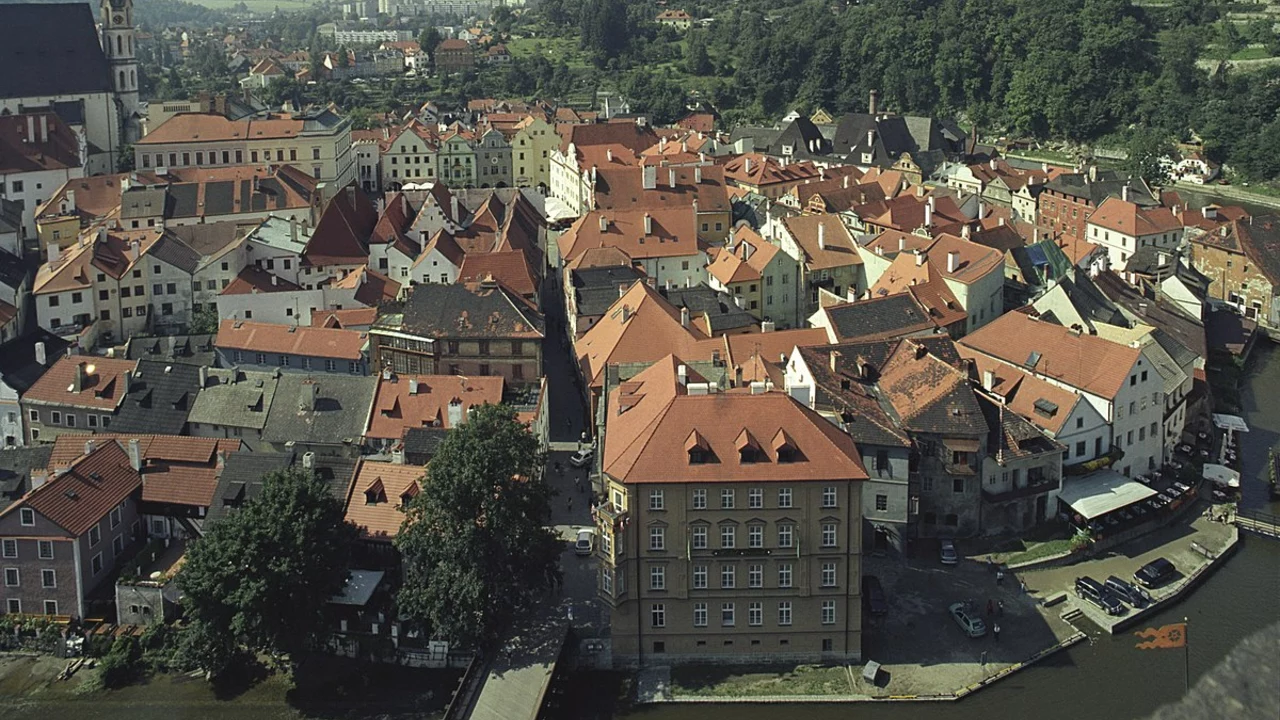
Jaka jest najlepsza praca na świecie w branży turystycznej?
Jaka jest najlepsza praca na świecie w branży turystycznej? Pytanie, na które odpowiem z uśmiechem na twarzy! Moim zdaniem, to zdecydowanie pilot wycieczek - przecież to jest jak płatne wakacje! I to nie byle jakie, bo przemierzamy cały świat, poznajemy nowe kultury i osoby. To jak zjeść tort i mieć tort, tylko że tutaj mówimy o podróżowaniu. Cóż, brzmi jak marzenie, prawda?
Czytaj więcej
Jak koronawirus wpłynął na przemysł turystyczny w Indiach?
Koronawirus zdecydowanie zaznaczył swoje piętno na przemyśle turystycznym w Indiach, który stanął przed niespotykanymi dotąd wyzwaniami. Wielu turystów anulowało swoje plany podróży, co przyczyniło się do ogromnych strat finansowych dla sektora. Dodatkowo, restrykcje i ograniczenia wprowadzone w celu powstrzymania pandemii, doprowadziły do zamknięcia wielu atrakcji turystycznych. Hotelarstwo, branża lotnicza i sektor usług są silnie dotknięte. Sytuacja ta wymaga pilnej interwencji i wsparcia ze strony rządu, aby przetrwać ten trudny okres.
Czytaj więcej
Które jest najlepszym krajem do studiowania turystyki?
Po długim badaniu na temat "Które jest najlepszym krajem do studiowania turystyki?", okazuje się, że nie ma jednoznacznej odpowiedzi. Każdy kraj oferuje unikalne doświadczenia i możliwości nauki. Wybór zależy od indywidualnych preferencji, takich jak kultura, język, koszty czy dostęp do konkretnej specjalizacji. Pamiętajmy, że kluczowe jest znalezienie miejsca, które zapewni nam nie tylko solidne podstawy teoretyczne, ale również praktyczne umiejętności, tak ważne w branży turystycznej.
Czytaj więcej
Jakie są zalety i wady pracy w branży turystycznej?
Podsumowując, praca w branży turystycznej ma zarówno swoje zalety, jak i wady. Z jednej strony, oferuje ona możliwość poznawania nowych miejsc, kultur i ludzi, a także daje szanse na rozwijanie umiejętności interpersonalnych. Z drugiej strony, może wymagać pracy w niewygodnych godzinach, częstych podróży i stresu związanego z zadowoleniem klientów. Niemniej jednak, dla wielu pasjonatów podróży, te wyzwania są częścią tego, co sprawia, że praca w turystyce jest tak satysfakcjonująca.
Czytaj więcej
Jak turystyka pomaga społeczności?
Turystyka ma ogromny potencjał do wspierania społeczności lokalnych. Może to być w postaci wzrostu wpływów gospodarczych, tworzenia miejsc pracy i poprawy warunków życia mieszkańców. Dzięki turystyce lokalne społeczności mogą przyciągnąć więcej turystów, co w konsekwencji może przynieść więcej pieniędzy do lokalnej gospodarki i zwiększyć dochody społeczności. Turystyka może również wspierać inicjatywy edukacyjne i kulturalne, które są ważne dla lokalnej społeczności. Turystyka może mieć pozytywny wpływ na lokalne społeczności. Wzrost wpływów gospodarczych, tworzenie miejsc pracy i poprawa warunków życia mieszkańców to tylko niektóre korzyści wynikające z turystyki. Dzięki niej społeczności mogą przyciągać więcej turystów i zwiększyć dochody. Ponadto turystyka wspiera również inicjatywy edukacyjne i kulturalne, które są kluczowe dla lokalnych społeczności.
Czytaj więcej
Czy lepiej jechać na wycieczkę zorganizowaną czy podróżować samemu?
- Kazimierz Piotrowicz
- |
- |
- Kategoria strony internetowej: Podróże samodzielne vs wycieczki zorganizowane
Czy lepiej jechać na wycieczkę zorganizowaną czy samemu? To pytanie zadaje sobie wielu podróżników. Wycieczki zorganizowane mają wiele zalet, takich jak komfort i bezpieczeństwo. Jednak podróżowanie samemu daje większą swobodę i możliwość poznania lokalnych zwyczajów. Obie opcje mają swoje plusy i minusy, więc ostateczna decyzja powinna być podejmowana w oparciu o własne preferencje.
Czytaj więcej
Fascynat historii?
Fascynat historii to osoby, które przejawiają zainteresowanie badaniem przeszłości, aby lepiej zrozumieć teraźniejszość. Fascynaci historii przyglądają się przeszłości przez pryzmat wydarzeń, postaci, kultur i cywilizacji, aby lepiej zrozumieć współczesny świat. Studenci, którzy chcą zostać fascynatami historii, powinni zapoznać się z różnymi obiektami badań, a także nauczyć się metodologii i technik badawczych. Dzięki temu będą w stanie analizować i interpretować źródła historyczne, aby lepiej zrozumieć przeszłość. Fascynat historii to ciekawe zajęcie, które pozwala lepiej zrozumieć współczesną rzeczywistość.
Czytaj więcej
Jak turystyka jako handel rozkwitła w Indiach?
Turystyka jest ważną gałęzią gospodarki w Indiach. Wzrost turystyki oznacza wzrost w handlu i usługach. W ostatnich latach w Indiach wyraźnie widać wzrost w turystyce, co stało się możliwe dzięki inwestycji w infrastrukturę turystyczną i uproszczeniu procedur wizowych. Indie odgrywają ważną rolę w przemysłach turystycznych na całym świecie. Wzrost turystyki ma korzystny wpływ na gospodarkę Indii. Indie stały się bardziej atrakcyjnym miejscem dla turystów, co pozytywnie wpływa na handel i usługi w całym kraju.
Czytaj więcej